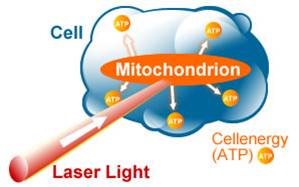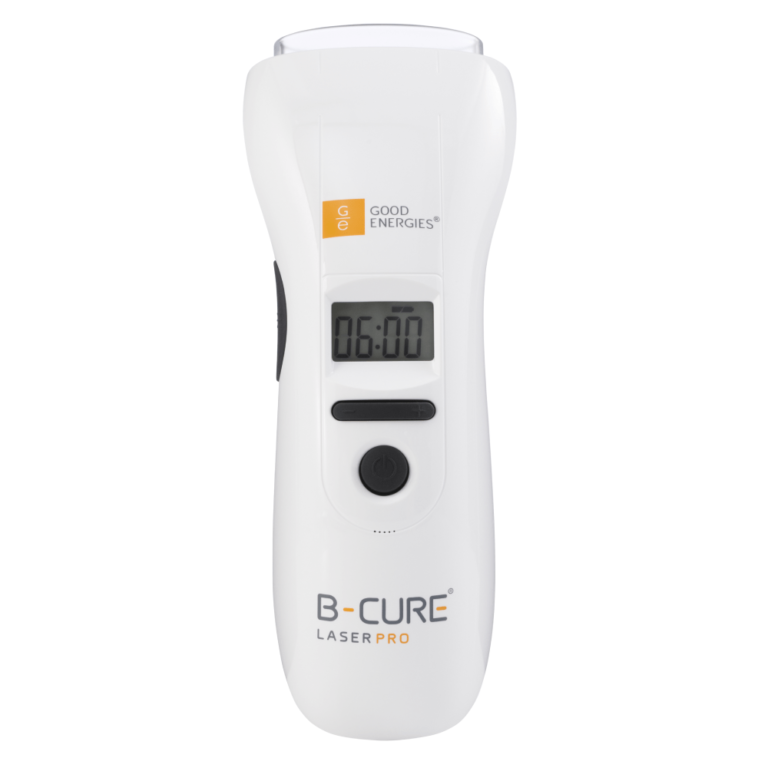Low-Level Laser Therapy (LLLT), also known as photobiomodulation, is a medical treatment that utilizes low-power lasers or light-emitting diodes (LEDs) to stimulate cellular function and promote healing. Unlike high-power lasers used in surgical procedures to cut or destroy tissue, LLLT operates at lower energy levels, aiming to relieve pain and enhance cell function without causing damage. (en.wikipedia.org)
LLLT laser works by delivering specific wavelengths of light to targeted areas, which are absorbed by cellular components, notably the respiratory enzyme cytochrome c oxidase in mitochondria. This absorption triggers a series of photochemical reactions that can lead to increased energy production and metabolism within cells, promoting tissue repair and reducing inflammation. (en.wikipedia.org)

LLLT has been explored for a variety of medical applications, including:

The B-Cure Laser is a portable LLLT device designed for home use, offering a convenient solution for individuals seeking the therapeutic benefits of low-level laser therapy. It aims to provide effective pain relief and promote healing for various conditions, including musculoskeletal pain, sports injuries, and inflammatory conditions.
Features and Benefits of the B-Cure Laser
While devices like the B-Cure Laser offer promising benefits, it’s important to note that the effectiveness of LLLT can vary based on factors such as the specific condition being treated, the wavelength of light used, and individual patient characteristics.
Individuals considering LLLT devices like the B-Cure Laser should consult with healthcare professionals to determine the most appropriate treatment options for their specific needs.